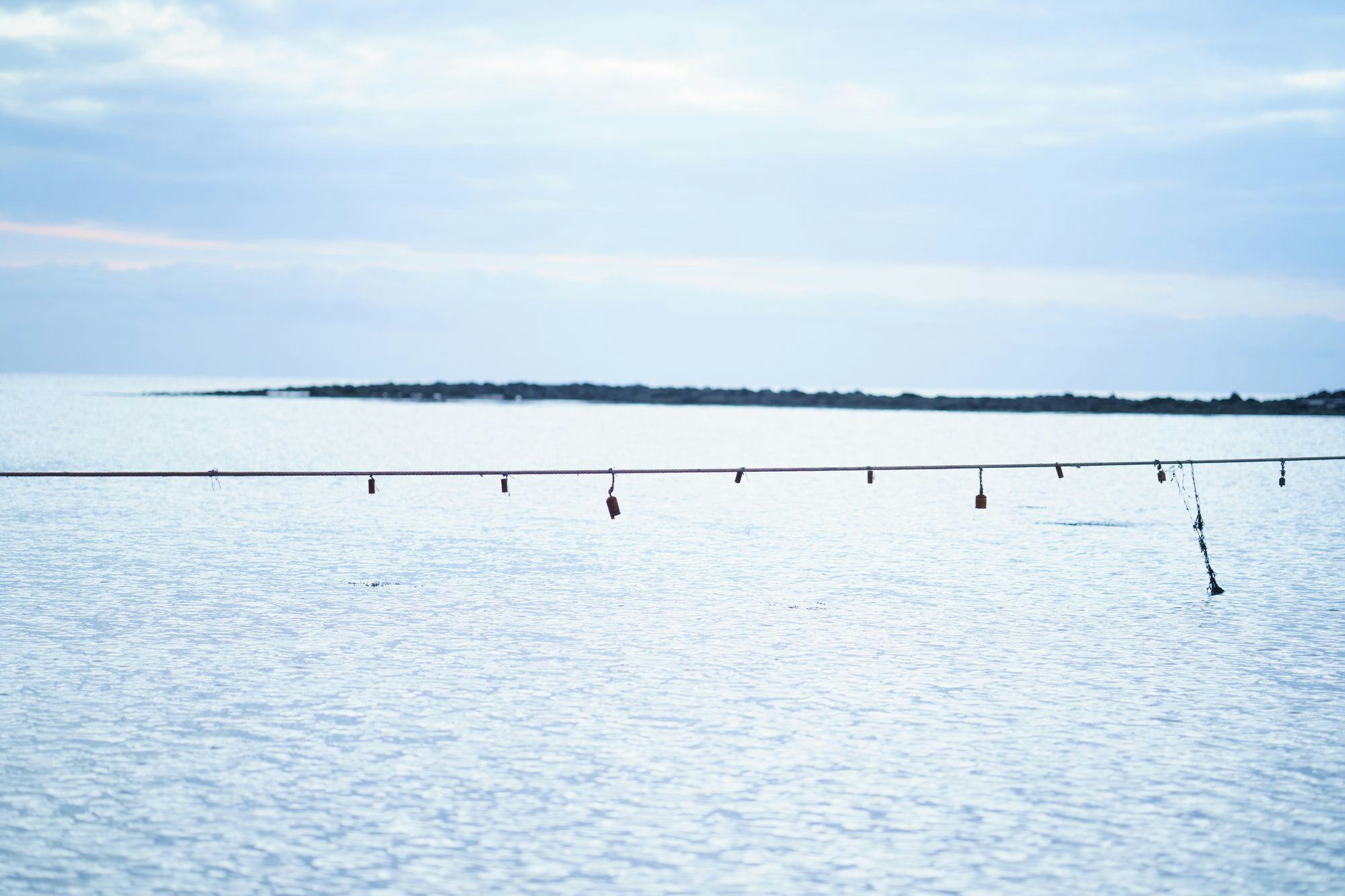Honorary Award 2024: Hreinn Friðfinnsson
The Icelandic Visual Arts Council presents the Honorary Award for lifetime achievement, for the fourth time, to an artist who has dramatically enriched the Icelandic art scene over a long and illustrious career. This year, we are pleased to present the award to Hreinn Friðfinnsson, a continual influential force in Icelandic art since the mid-sixties. Although Hreinn has resided abroad for most of his life, his work has always been well-known to subsequent generations of Icelandic artists. To this day, his works present creative challenges to the emerging generation of artists.
-2000x1118.jpg&w=2048&q=80)
The Icelandic Visual Arts Council presents the Honorary Award for lifetime achievement, for the fourth time, to an artist who has dramatically enriched the Icelandic art scene over a long and illustrious career. This year, we are pleased to present the award to Hreinn Friðfinnsson, a continual influential force in Icelandic art since the mid-sixties. Although Hreinn has resided abroad for most of his life, his work has always been well-known to subsequent generations of Icelandic artists. To this day, his works present creative challenges to the emerging generation of artists.
Hreinn’s work has always been related to subjective issues, representing the significance of objects and words as integral aspects of social life. He was one of the first Icelandic artists to use photography as a medium for conceptual art, during the early stages of his career. An aspect of this was his semiotic use of photography in presenting images as signifiers in an indexical relation to an idea, feeling, process, or condition. An excellent example is the work Five Gates for the South Wind, made from 1971 to 1972. Hreinn created and installed five garden gates in a remote area for his work. When southerly winds blew, the gates would open and flap in the wind. He photographed the installation in its location and left it at that. In time, the photographs remain, presented in an elevated manner surrounding a text that describes the very premises of the piece.
In the late seventies and into the eighties, we observed an exciting evolution of Hreinn’s work when his attention became more focused on the materiality of his own works as a metaphor. In this period, he utilised various materials to create an elevated formal structure that evokes a sense of joy and the sublime. Though unrelated to religion, it was as if these were attempts to tackle a deeper understanding of faith. In the 1979 piece From Time – To Time, the combination of plain imagery and cursive text creates tension between the different parts of the work. The divide between the work’s elements creates a sense of meaning that surpasses their simple materiality. In the centre is a photograph of lightning releasing its force. To the left is a cloth that hides an obscure body or object. The same image is placed to the right, mirrored. An enduring impression of concealed universal forces is conveyed through a precise combination of image and writing.
By 1983, the photograph was no longer a crucial means of expression for Hreinn. A perfect example of this shift in emphasis is A Folded Star. The central image is a pentagonal shape made from black silk, with frayed edges, folded. A cursive script on a slanted shelf below the shape serves as a caption—the pentagon above is a folded star. This work makes you wonder if it is a subtle farewell to the aspirations and desires of the modern era. The dark grey colour of the piece represents death. The sombre star, made of beautiful cloth, thus becomes the event horizon of ideology.
Interior from 1989 is an excellent example of how Hreinn’s work evolved, increasingly referencing everyday objects in a minimal setting. This piece of work incorporates basic techniques to evoke sensations of enchantment and transformation. Simple materials, teak frames, and a teak box create a novel context here. The “pictures” are comprised of opaque surfaces. The larger frame, which should contain a mirror, is made of galvanised steel. The smaller one frames a piece of polished granite. The stick protruding from the box becomes a magic wand with its crystal. Upon looking into the box, one is greeted with an array of mirrors that create a playful kaleidoscopic image. Surprisingly, this simple composition of objects draws forth the magic of everyday existence, a theme Hreinn has worked with effectively ever since. We have seen him improve on this in concurrent exhibitions, deploying minimal means to create an enduring sense of magic and playfulness. Stirring Sticks from 2013 is a coherent installation that explores universal dimensions using mundane objects; the sticks the artist uses to stir his paint. In his recent exhibition, Klettur, at Ásmundarsalur in Reykjavík, stacked cardboard boxes then create a steep cliff of legend.
Hreinn Friðfinnsson’s art continues to captivate us with its depth and creativity. The Icelandic Visual Arts Council has decided to honour him with a lifetime achievement award to recognise his vision of the human spirit, the conceptual universe, and the imaginary world he has brought to life in his artwork.




-icelandic-pavilion-2000x2667.jpg&w=2048&q=80)

